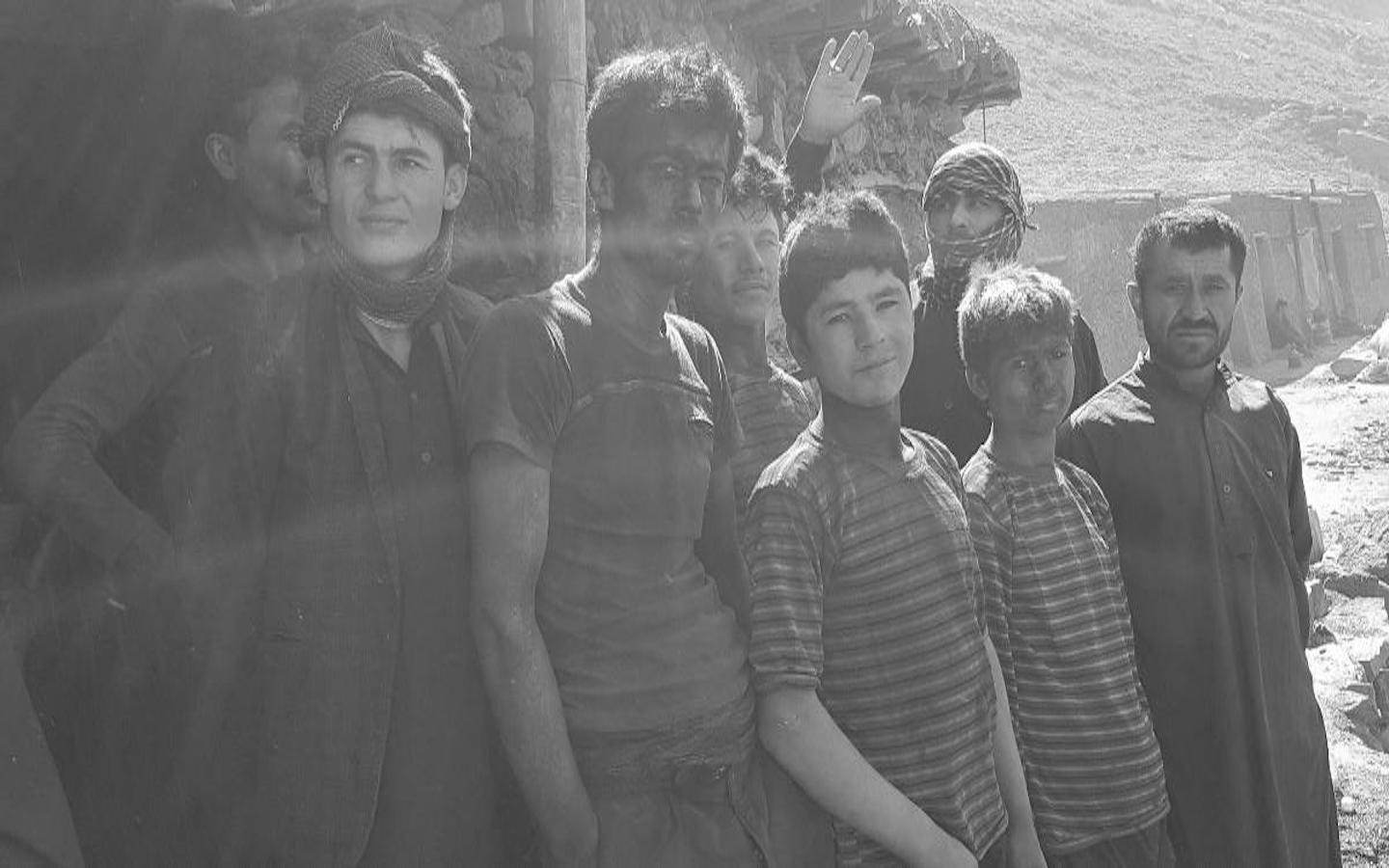1. EXECUTIVE SUMMARY
Coal, one of Afghanistan’s plentiful hydrocarbons, is viewed as a critical investment by the Afghan government to address the country’s existing unmet need and further growing demand for energy. Although it is estimated that Afghanistan hosts vast coal reserves, only limited new field reconnaissance data has been gathered and exploration is still ongoing. Coal deposits in the north and west of Afghanistan have long been mined, most often illegally, by local power holders, Members of Parliament (MP) and other politically connected persons. Most illegally mined coal deposits are in the Dan-e-Toor and Gramak areas of Dara-i- Suf district of Samangan province. There, politicians, warlords, and local power brokers oversee more than 350 illegal mines. At these sites, owners and operators entirely ignore environmental, safety and planning regulations that are mandated by the government’s legal framework, resulting in poor quality coal, frequent accidents, fatalities, environmental, security, and serious health hazards for local communities.
Weak institutions, poorly devised regulations and lack of government oversight have allowed illegal extraction to flourish, despite a competent consortium of legal researchers and transparency advocacy NGO’s (including, but not limited to Integrity Watch Afghanistan, Global Witness and USIP) advocating with the government to change legal frameworks, regulation and oversight. In fact, legal prohibitions against political leaders and government officials engaging in mining activities are often bypassed. Even officially contracted companies fail to conduct environmental and social impact assessments or observe mine safety regulations, the exploration periods for commercial exploitation are extended, ex-post changes are made in contracts to benefit the company concerned, and companies fail to deliver stipulated royalties to the state or to pay profit tax on mining activities.
Mining activities require thorough planning and consideration of all possible intended and unintended consequences, identifying mitigation measures, taking into consideration that short-term activities may have long-term effects. The social and environmental impacts of mining activities have received increasing attention in recent years. Mining presents opportunities at the community and national level for economic development and the idea of commencing mining activities frequently is associated with promises of jobs and increased wealth of local communities.
Real cost of Mining
2. NVE and CVE
TLO has done extensive work in the field of both NVE and CVE across Afghanistan, as well as contributed to comparative research efforts with other countries. TLO has completed studies ranging from the push and pull factors, the role of social media, CVE related to IDPs and returnees along with specific case studies. TLO also worked on NVE among youth, especially researching radicalization efforts in schools, madrassas, universities, and other contexts.

